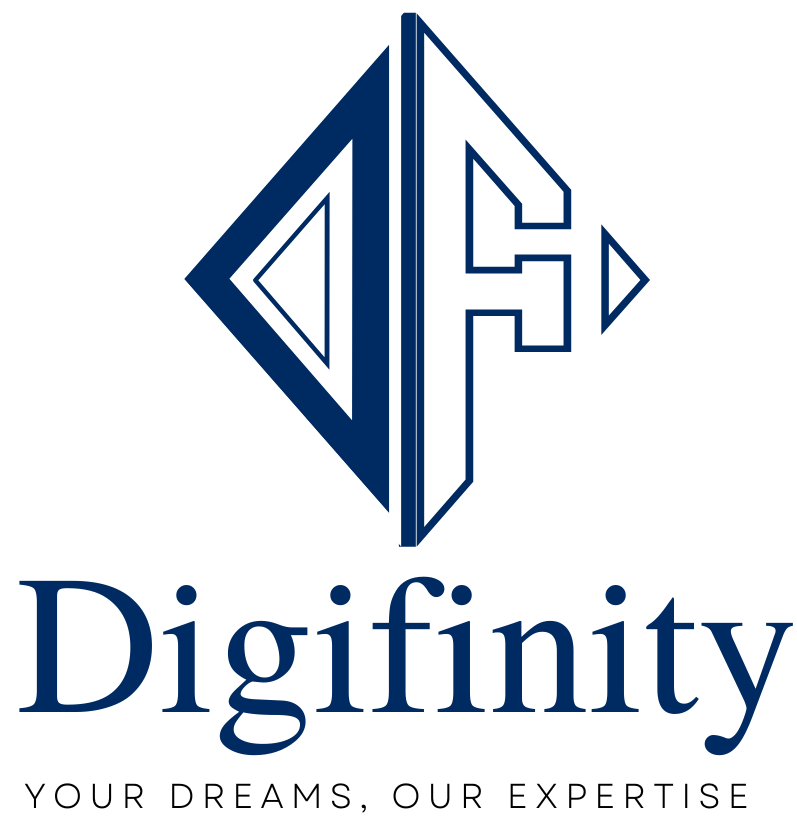The Evolution of PPC: Adapting to Changes in the Digital Landscape
PPC advertising is frequently one of the most actively developing and essential kinds of advertising in digital business environments. It is an incredibly competitive field based on the fast-growing demand for traffic generation, lead generation, and a high ROI for companies engaged in digital marketing. Digifinity, a marketing agency in Ahmedabad, has seen the fantastic evolution of Pay Per Click Advertising over time. This development results from changing global consumer behavior and expectations and technical developments.
Those Early PPC Days
When search engines and the internet economy were just getting started in the late 1990s, PPC advertising first appeared. PPC began as a straightforward idea: marketers bid on keywords, and their advertisements appeared in search results according to those bids. The model had several drawbacks, even if its simplicity was enticing. With so much competition, the fundamental algorithms often resulted in pointless clicks and ineffective ad placements.
Whether the traffic was good or bad, or the primary or secondary traffic, then and now, the primary idea was to have as much of the traffic arrive at a website as possible. This strategy worked well for a while, but with the emergence of the new digital environment, it was apparent that more complex and targeted ads were required.
Moving to Quality and Relevance
Things drastically changed when Google AdWords launched in the PPC space in 2000. Google fundamentally altered PPC advertising by adding quality ratings to its algorithm. This meant that the most significant expenditure, relevance, and quality of the ad content, as well as the user experience on the landing page, now determined the priority of the adverts.
The change focused on creating relevant, excellent ads that met viewers’ needs and expectations. Advertisers had to adapt, do additional keyword research, craft visually appealing ad copy, and enhance their landing pages to increase user engagement. The focus moved from just generating clicks to ensuring those clicks came from interested and relevant individuals.
PPC in Social Media's Ascent
As they grew in popularity, social networking sites like Facebook, Twitter, and LinkedIn realized they had a market for PPC advertising within their ecosystems. These sites provided a new level of targeting according to users’ interests, activities, demographics, and social links. Thanks to social media marketing, brands may target specific audiences with customized messaging, increasing their ads’ relevance and efficacy even more.
This breakthrough created enormous commercial prospects in India, which has some of the most significant social media use globally. Brands’ ability to interact with their target market on platforms where they spend a lot of time raised the likelihood of conversion and brand loyalty.
New Horizons in Mobile and Voice Search
The rise of smartphones and mobile internet use brought about even more changes in the PPC scene. Mobile search works better than desktop search; hence, advertisers need to customize their adverts for mobile devices. This meant developing ad formats accessible on mobile, ensuring that the landing page was quick to load, and targeting consumers while they were on the go by location.
Voice search then brought a new level of compounding and possibility. Voice search optimization is needed because more and more people are using voice search tools such as Google Assistant, Alexa, or Siri. This is a very centralized method of searching since voice inquiries comprise more words than texts, and marketers must focus on LSI keywords.
PPC's Future with Automation and AI
In recent years, automation and artificial intelligence (AI) integration have changed the game in Google PPC campaigns. Tools driven by AI can examine enormous volumes of data in real-time to spot patterns, forecast results, and tweak campaigns. AI improves PPC campaign efficiency and performance through dynamic ad generation, automated bidding techniques, and targeted advertising.
Accepting these technologies may provide Indian companies with a competitive advantage. Time and resource savings from automation enable more accurate targeting and more efficient use of advertising budget. AI allows businesses to keep ahead of the competition and adjust to the continually shifting digital scene.
Consequence: Accepting Innovation and Change
The growth of pay-per-click (PPC) advertising shows how adaptable and persistent the digital marketing field is. In the beginning, PPC was just betting on keywords. Now, it uses easy strategies that AI drives. Pay-per-click has permanently changed to meet the needs of both businesses and users.
Digifinity branding agency in Ahmedabad recognizes the value of keeping ahead in an ever-changing market. Our customers go above the challenges of PPC advertising and accomplish their marketing objectives by adopting new technology, emphasizing quality and relevance, and following moral guidelines.
